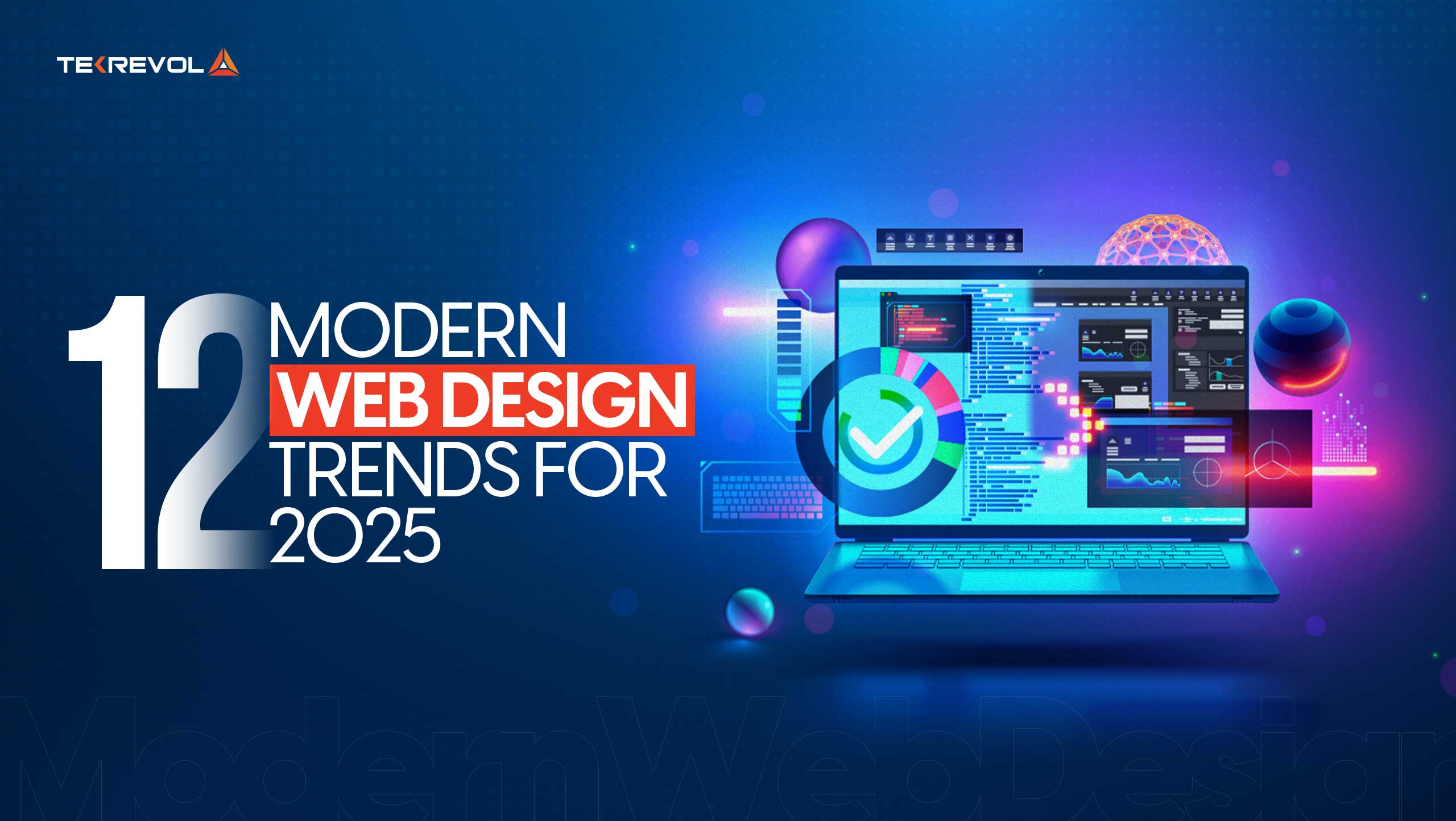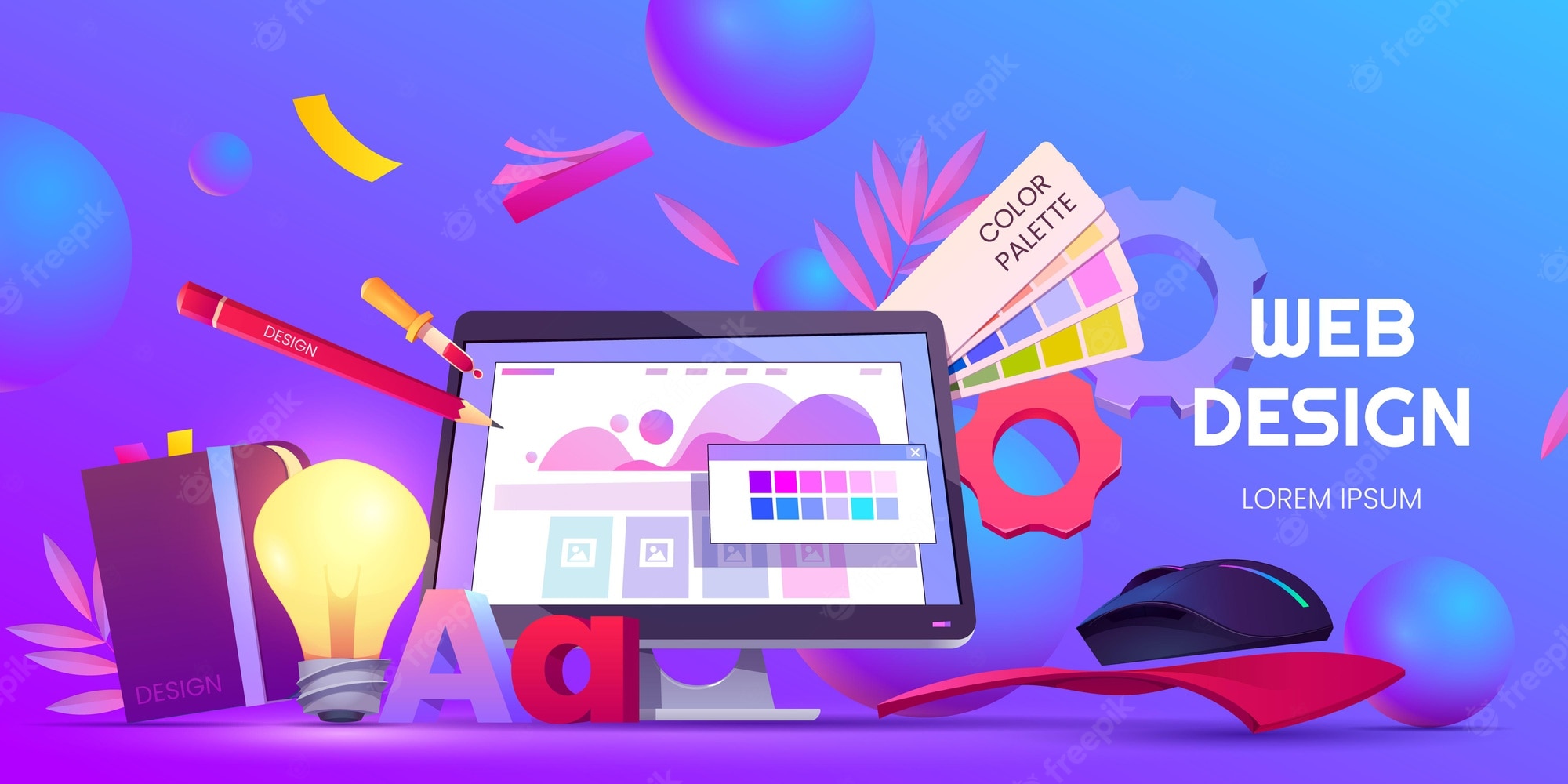Exploring Web Design South Africa: Latest Trends & Best Practices for 2025
The Influence of User Experience on Successful Website Design Approaches
Customer experience (UX) is a crucial consider the effectiveness of internet Design approaches. It incorporates functionality and availability, affecting exactly how individuals engage with a site. A well-crafted UX can result in raised engagement and retention. Lots of developers forget important components that add to a favorable experience. Understanding these components is very important for success. What particular techniques can boost UX and inevitably drive better results?
Comprehending Individual Experience: Meaning and Value
User experience (UX) offers as a critical element in the domain of internet Design, basically shaping exactly how customers communicate with electronic systems. It encompasses the overall experience a customer has while navigating a website, including aspects such as functionality, satisfaction, and ease of access. A well-designed UX not only enhances user interaction yet also affects customer retention and conversion prices. Understanding UX is important for developers, as it assists determine user needs and choices, permitting the development of user-friendly user interfaces. Focusing on UX promotes a positive psychological action from users, which is crucial for developing brand commitment. Ultimately, a strong focus on user experience can lead to an effective digital presence, making certain that websites properly fulfill individuals' expectations and objectives.
Crucial Element of Reliable Website Design
Reliable internet Design depends upon a number of crucial elements that enhance user experience. Instinctive navigating, a well-defined aesthetic hierarchy, and responsive format flexibility are vital for ensuring and guiding users ease of access throughout gadgets. Comprehending these components can substantially impact the overall efficiency of a web site.
User-friendly Navigation Design
Just how can intuitive navigating Design change a site visitor's experience on an internet site? User-friendly navigation simplifies the customer's journey, allowing site visitors to find info quickly and successfully. This kind of Design uses clear labels, rational structure, and acquainted layouts to minimize confusion. By prioritizing vital content and arranging it hierarchically, users can easily situate desired pages without unneeded clicks. In addition, receptive navigation elements, such as dropdown food selections and breadcrumb routes, enhance functionality across tools. Reliable instinctive navigating not only boosts customer contentment however additionally lowers bounce prices, urging longer site engagement. Inevitably, a smooth navigating experience cultivates a sense of count on and self-confidence, making visitors extra likely to return and discover even more, consequently increasing the general success of the website.
Visual Hierarchy Importance

A well-structured aesthetic power structure plays a crucial role in assisting users via a website's web content, complementing the instinctive navigating Design that enhances total individual experience. By focusing on aspects such as size, placement, shade, and contrast, developers can effectively attract attention to important details and contacts us to activity. This company permits customers to rapidly recognize key sections, helping with simpler comprehension and navigating. Additionally, a regular visual pecking order assists establish a cohesive brand identity, strengthening depend on and engagement. When individuals can effortlessly refine details, they are most likely to engage positively with the website, ultimately causing greater conversion rates - Web Design South Africa. As an outcome, implementing a clear aesthetic pecking order is a basic aspect of reliable web Design methods, substantially influencing user fulfillment and retention
Responsive Format Versatility
What makes an internet site really versatile across different gadgets? Responsive design flexibility is crucial for making certain perfect individual experience. This Design technique employs fluid grids, flexible pictures, and CSS media questions to change the design based on the tool's display size and resolution. Effective responsive Design not only boosts aesthetic allure however also enhances performance by permitting individuals to navigate perfectly, despite the system utilized. Secret components include focusing on material pecking order, making sure touch-friendly user interfaces, and maintaining quick filling times. By focusing on these elements, developers can develop internet sites that accommodate varied individual needs, ultimately causing higher individual fulfillment and engagement. In today's digital landscape, adaptability is no much longer optional; it is crucial for successful website design.
The Function of Navigating in Customer Experience
Effective navigation is essential for improving customer experience on web sites. It acts as a roadmap, directing individuals easily through different sections and content. A well-structured navigating system minimizes complication and irritation, enabling site visitors to find info promptly. Crucial element of effective navigating include consistency, simpleness, and quality. Clear tags help customers understand where web links will take them, while regular placement strengthens knowledge throughout pages. In addition, a simplified find here menu can decrease cognitive overload, making it simpler for individuals to make choices. The usage of dropdowns and breadcrumbs further enhances use by supplying context and extra pathways. Inevitably, solid navigating promotes individual contentment, encourages longer check outs, and raises the probability of conversions, solidifying its crucial role in effective web Design methods.
Responsive Design: Meeting Customer Requirements Throughout Instruments
Responsive Design is increasingly essential in accommodating the varied variety of tools made use of to access the web today. This strategy assures that sites provide a remarkable viewing experience, despite display size or alignment. By using liquid grids, versatile photos, and media inquiries, responsive Design permits for smooth adjustment throughout tablets, smartphones, and desktops. This versatility not only enhances use yet additionally deals with differing customer choices and contexts. With more customers relying on smart phones for on-line communications, the need for responsive Design has actually ended up being crucial in maintaining user satisfaction and engagement. Organizations that focus on responsive Design can better fulfill user expectations, which eventually contributes to higher retention prices and enhanced overall efficiency in the digital landscape.
Enhancing User Involvement Via Visual Design
Aesthetic Design plays a vital function in boosting customer interaction by leveraging aspects such as color psychology, typography, and interactive features. The strategic use shades can stimulate emotional feedbacks, while appropriate typography boosts readability and visual appeal - Web Design Johannesburg. Additionally, incorporating interactive aspects promotes user involvement, producing a much more immersive experience
Color Psychology Impacts
Color psychology plays an important function in forming individual involvement within website design, as various shades can influence and evoke distinct emotions actions. Blue usually conveys trust and reliability, making it a preferred option for company sites. In comparison, red can cause urgency and exhilaration, often seen in call-to-action buttons. Eco-friendly normally stands for harmony and wellness, interesting customers in health and environmental industries. By tactically choosing shades, designers can develop an aesthetic pecking order that overviews user actions and enhances the general experience. Furthermore, regular color design contribute to brand name acknowledgment and commitment. Inevitably, recognizing the psychological effects of shade enables internet designers to craft interesting interfaces that reverberate with users, leading to improved communications and conversions.
Typography's Duty in Interaction
Effective internet Design relies not only on color options but also on typography, which significantly impacts individual interaction. The choice of typefaces, dimensions, and spacing can either take away or enhance from a customer's experience. Clear and legible typography enables individuals to quickly absorb material, urging them to invest more time on a site. In addition, a constant typographic power structure overviews the individual's eye, stressing vital info and helping with navigating. One-of-a-kind typeface selections can additionally show a brand name's identity, developing a more powerful emotional link with the target market. Inevitably, reliable typography not just enhances readability however likewise fosters a visually attractive atmosphere, improving total interaction and encouraging users to return for future communications.
Interactive Elements Value
While customers browse an internet site, the existence of interactive components considerably improves their engagement and overall experience. These components, such as buttons, sliders, and quizzes, invite individuals to participate proactively as opposed to passively taking in web content. By cultivating communication, developers can produce a much more individualized experience, permitting users to check out and link with the material in meaningful ways. Furthermore, interactive functions can capture focus and keep users on the website longer, reducing bounce rates. They likewise give prompt responses, reinforcing customer activities and encouraging more expedition. Incorporating interactive aspects right into web Design strategies not only elevates aesthetic appeal however likewise significantly contributes to individual complete satisfaction and retention, eventually leading to higher conversion rates.
Measuring Customer Experience: Tools and Methods
Measuring individual experience is vital for recognizing how efficiently about his a site fulfills the demands of its customers. Numerous devices and methods are readily available for this function, consisting of user testing, surveys, and analytics. User screening commonly involves observing genuine customers as they engage with a site, providing understandings into functionality issues. Surveys can collect direct responses on user satisfaction and regarded value. Analytics tools track customer habits, highlighting locations where customers might shed or have a hard time rate of interest. Additionally, heatmaps picture customer communications, disclosing which components draw in interest. By using a mix of these approaches, internet developers can get a thorough understanding of customer experience, resulting in notified Design decisions that improve total site effectiveness.

Often Asked Concerns
How Does Customer Experience Impact Conversion Fees on Internet Sites?
Customer experience substantially affects conversion rates on sites. A seamless interface, instinctive navigating, and engaging content can improve individual complete satisfaction, resulting in raised count on and higher possibility of additional info finishing desired actions, consequently boosting general conversions.
What Prevail Individual Experience Blunders in Web Design?
Usual customer experience errors in web Design consist of messy designs, slow-moving packing times, inadequate navigating, inadequate mobile optimization, absence of clear calls-to-action, and ignoring access standards, every one of which can considerably hinder customer interaction and satisfaction.
How Usually Should Internet Design Be Updated for Ideal Individual Experience?
Website design must be updated on a regular basis, ideally every 1-2 years, to adapt to advancing customer preferences and technological innovations. Regular assessments boost functionality, making sure that the site stays appealing and pertinent for its target market.

Can User Experience Effect SEO Rankings?
User experience greatly influences SEO rankings. Internet Advertising In South Africa. Look engines focus on sites that offer seamless navigation, quickly loading times, and appealing content, therefore rewarding websites that improve user fulfillment with higher exposure in search results page
What Are Some Instances of Outstanding Individual Experience in Website Design?
Instances of outstanding customer experience in website design include intuitive navigation, responsive layouts, quick loading times, clear contact us to activity, and engaging visuals. These elements add to individual satisfaction and motivate long term interaction with the site.
User experience (UX) offers as a vital element in the domain of web Design, basically forming just how customers connect with digital systems. A well-structured aesthetic pecking order plays a critical role in directing individuals via an internet site's web content, enhancing the intuitive navigating Design that boosts total customer experience. With more users counting on mobile devices for on the internet communications, the need for receptive Design has actually ended up being essential in maintaining customer contentment and engagement. Determining customer experience is crucial for understanding how properly a website fulfills the demands of its individuals. User testing typically entails observing actual users as they connect with a site, providing insights into functionality issues.